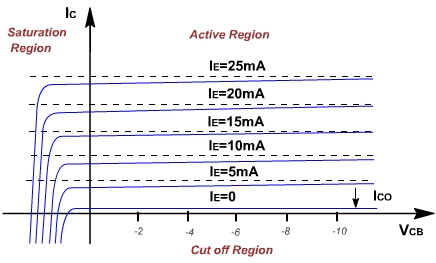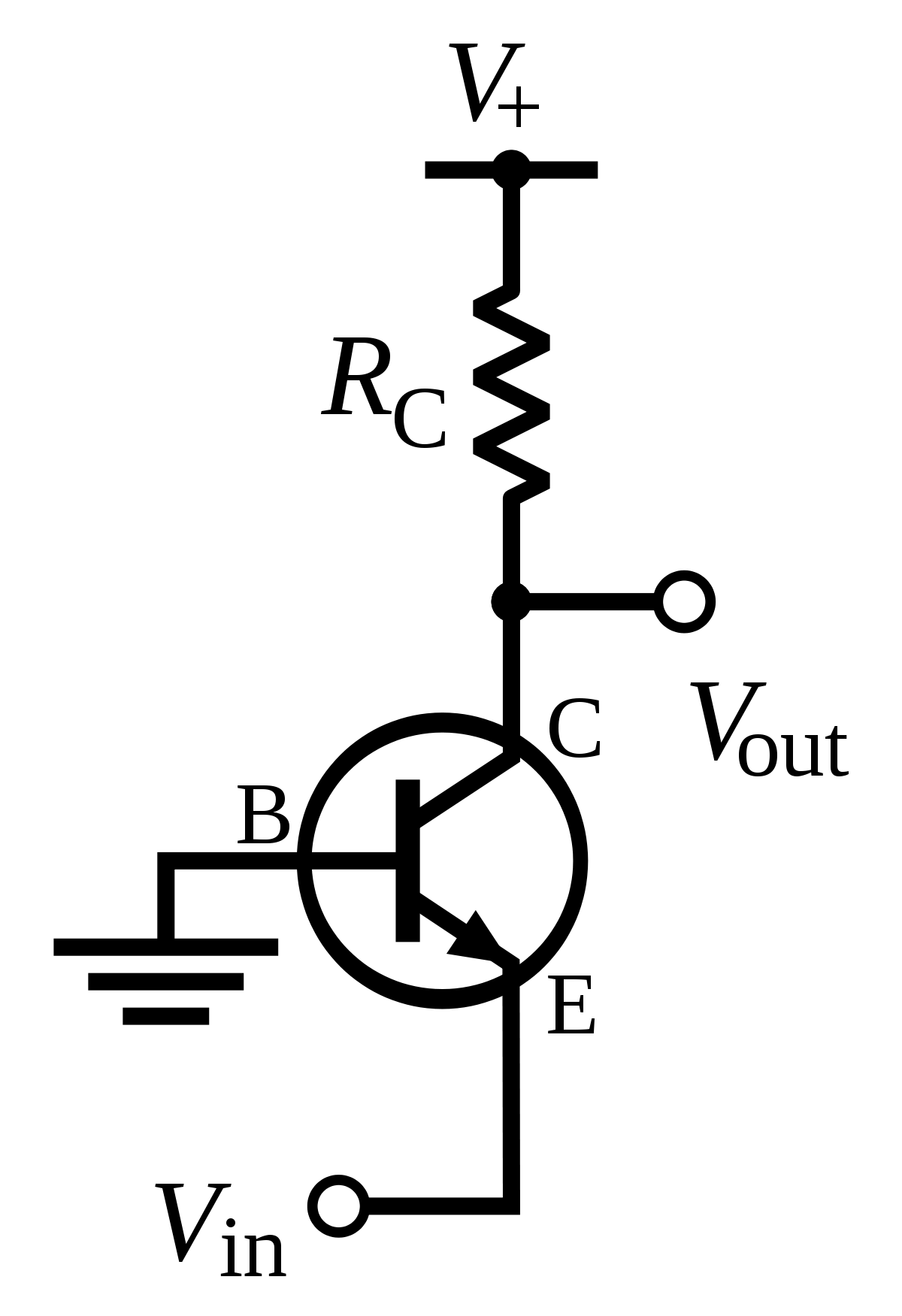Post History
Suppose we have this graph: How can we find the operating point (Q)?In common emitter collector we just draw a line from the vertical axis (Ic) at the point (0,VCC/RC) to the horizontal axis a...
#2: Post edited
- Suppose we have this graph:
- 
- How can we find the operating point (Q)?In common emitter collector we just draw a line from the vertical axis (Ic) at the point (0,VCC/RC)
- to the horizontal axis at the point(VCC,0) and where that line intersects with the IC/VCE curve for some specific IB , there is our operating point but now 1)we have VCB instead of VCE and 2)VCB may take negative values.
- Help appreciated!
- Suppose we have this graph:
- 
- How can we find the operating point (Q)?In common emitter collector we just draw a line from the vertical axis (Ic) at the point (0,VCC/RC)
- to the horizontal axis at the point(VCC,0) and where that line intersects with the IC/VCE curve for some specific IB , there is our operating point but now 1)we have VCB instead of VCE and 2)VCB may take negative values.
- Here is the circuit:
- 
- Help appreciated!
#1: Initial revision
Find Q point in common base BJT configuration
Suppose we have this graph:  How can we find the operating point (Q)?In common emitter collector we just draw a line from the vertical axis (Ic) at the point (0,VCC/RC) to the horizontal axis at the point(VCC,0) and where that line intersects with the IC/VCE curve for some specific IB , there is our operating point but now 1)we have VCB instead of VCE and 2)VCB may take negative values. Help appreciated!


















